We’re more connected than ever—yet often feel more distracted, anxious, and drained. The endless scroll. The constant pings. The subtle stress of always being “on.” If you find yourself glued to your phone, refreshing out of habit, or struggling to stay focused even in quiet moments, you’re not alone. It might be time for a digital detox, not a punishment, but a powerful act of clarity. Let’s explore how to gently unplug and get your calm, creativity, and presence back.
1. Start with Awareness, Not Guilt
You don’t need to throw your phone in a drawer. Just begin by noticing when and why you reach for it.
Try this:
- Keep a “screen journal” for a day or two
- Notice patterns: boredom, stress, habit, or actual need?
- Don’t shame yourself—just get curious
This builds the foundation for mindful tech use—not forced restriction.
2. Create Screen-Free Zones and Times
Boundaries make space for rest and focus. Designate certain times or places where screens are off-limits.
What helps:
- No phones at the dining table or during meals
- Avoid screens the first hour of your day
- Keep your phone out of the bedroom (buy an alarm clock if needed)
Your brain needs spaces where it isn’t being pulled in 10 directions.
3. Replace Scroll Time with Soul Time
One reason we default to screens is boredom or lack of alternatives. Reconnect with things that feed your spirit.
Ideas to explore:
- Read a physical book
- Take a walk without earbuds
- Try a creative hobby—painting, journaling, baking, or puzzles
Give your mind the kind of stimulation that nourishes instead of depletes.

4. Turn Off Non-Essential Notifications
Those little dings aren’t as harmless as they seem. Each one interrupts your thought process and trains your brain to seek distraction.
Quick win:
- Turn off all non-urgent app alerts
- Schedule “do not disturb” hours
- Check emails or social media at set times only
Fewer interruptions = better focus and a calmer nervous system.
5. Go Analog When You Can
Not everything needs a screen. Going analog—even in small ways—can rewire your habits and boost mindfulness.
Try this:
- Use a paper planner instead of an app
- Handwrite a grocery list or journal entry
- Call a friend instead of sending a message
These tiny shifts help you feel more grounded and connected.
6. Embrace Boredom (It’s Good for You)
We’ve been trained to fear stillness. But boredom sparks creativity and clarity.
It invites your brain to wander, reflect, and breathe.
Instead of reaching for your phone:
- Stare out the window
- Sit with your thoughts
- Let ideas come and go without chasing them
It’s in those quiet moments that your best thoughts often appear.
Final Thoughts
A digital detox isn’t about giving up your devices forever. It’s about creating space—space to feel more present, more focused, and more alive.
Even one screen-free hour a day can make a difference.
You’re not escaping tech—you’re returning to yourself.
Start small. Stay kind. And remember, clarity begins where the scroll ends.
FAQs
Q: How long should a digital detox last?
Even 30–60 minutes of intentional disconnection daily can help. For deeper resets, try a weekend or full day.
Q: Is it okay to check work messages during a detox?
You can define your own rules. If work requires checking in, set specific times to do so instead of being constantly available.
Q: What if I feel anxious when I’m offline?
That’s normal at first. It shows how deeply the habit runs. Stick with it—your brain will adapt to the quiet.
Q: Can digital detox improve sleep and focus?
Yes. Less screen time—especially before bed—can lead to deeper sleep, sharper thinking, and lower stress levels.



